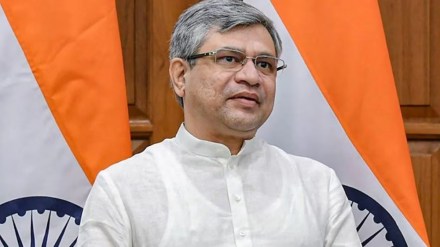Despite passenger fares being heavily subsidised, Indian Railways has been able to meet all its expenses through its own revenue every year, railways minister Ashwini Vaishnaw told the Lok Sabha on Tuesday. Vaishnaw said IR is subsidising passenger fares by 47% but is nonetheless able to meet all its expenses from internal revenues.
For instance, the total expenditure of railways stood at Rs 2.75 lakh crore whereas the total income is around Rs 2.78 lakh crore.
“The cost of transporting a passenger per km is Rs 1.38. However, the railways charges just Rs 0.71 per km. Railways recovers only 53% of the cost, and the total value of subsidies is Rs 60,000 crore annually. Railways is steadily moving towards a healthy financial position, and efforts will continue to improve it further in the coming years,” Vaishnaw said.
Even though the railways is meeting its expenses through revenues, experts said that operational surplus is due to the under-funding of key funds such as those to address depreciation. “The growth in the freight segment which is cross-subsidising the losses on the passenger side is showing some signs of cooling off,” said an analyst.
The minister said India has emerged as a global exporter of railways equipment and coaches. For instance, metro coaches are being exported to Australia and railway bogies manufactured in India are being exported to the UK, Saudi Arabia, France, and Australia. Propulsion equipment and passenger coaches are also exported to different countries, he said.
On the operations front, Vaishnaw said that the India is now among the top three countries in the world in terms of freight loading. For instance, the railways is likely to carry 1.6 billion tonnes of cargo this year. “China, the US, and India are the top three freight-loading nations globally. This is a major milestone,” he said adding that the track construction has crossed 34,000 kms in the last 10 years which is more than the entire railway network of Germany. “The locomotive production has reached 1,400 per year. If we combine the production of the US and Europe, India’s locomotive production still surpasses them,” Vaishnaw said.
Over the past three years, the central government has been funding the capex of railways largely through the gross budgetary support which has contributed to the fast-paced expansion of rail network and addition of rolling stock.
Vaishnaw said that railways has provided 0.5 million jobs in the past 10 years with recruitment process to hire 0.1 million more people is currently underway.
